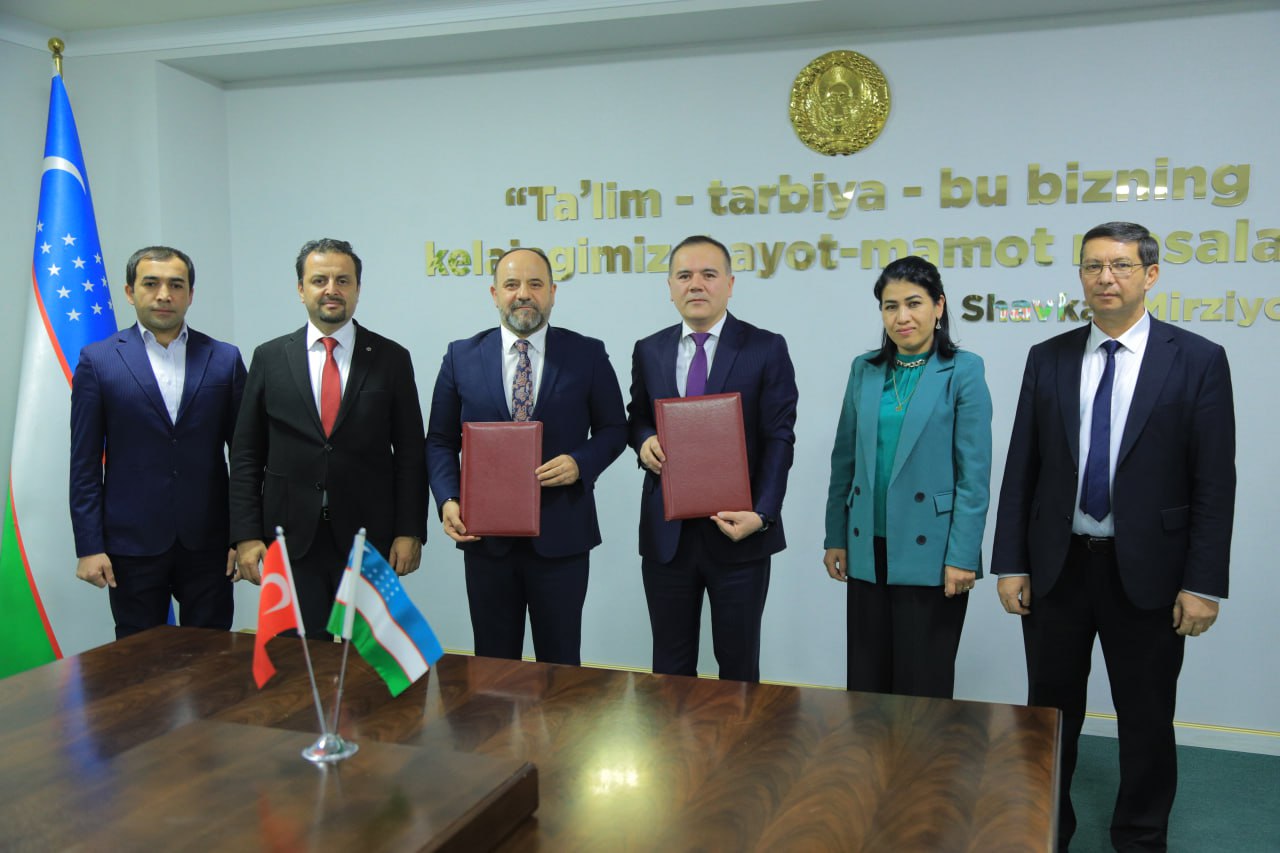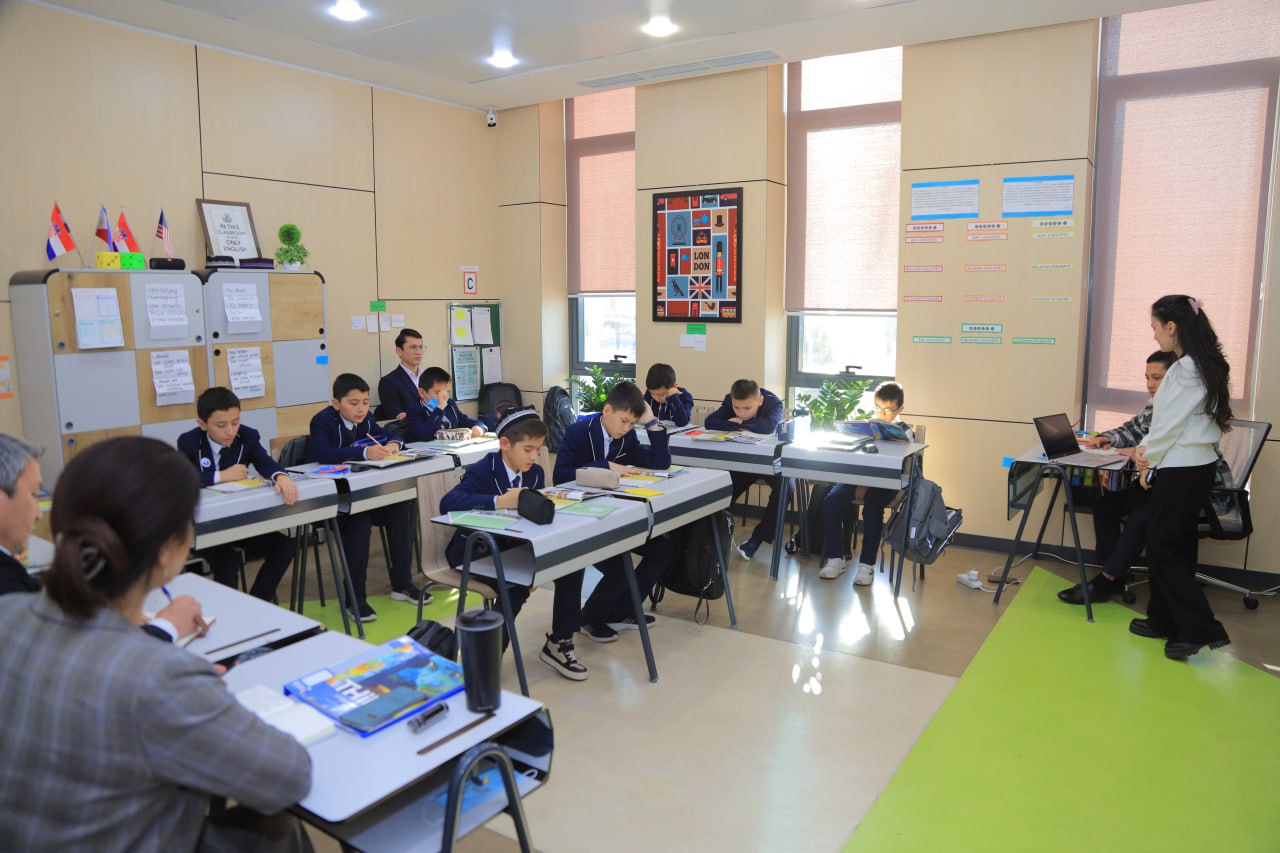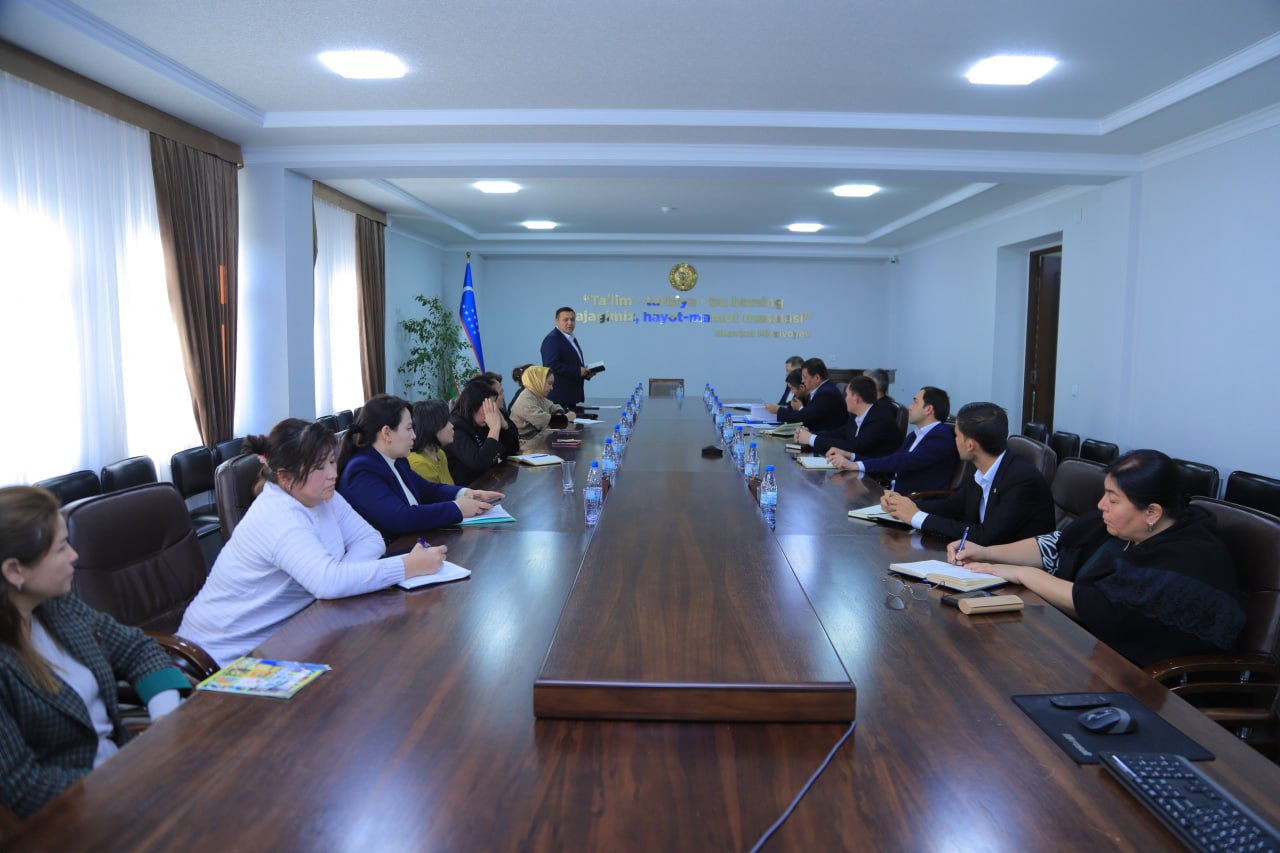Scientific articles
- All
- Eco-active students
- Career Center
- Step into the Future
- Anti-corruption
- Neighborhood and university
- It's a dream come true for teachers
Scientific articles
|
20/03/2023
Print
(O`zbek) TECHNOLOGY FOR DEVELOPMENT OF STUDENT CREATIVE ACTIVITY IN MOLECULAR PHYSICS PROBLEM SOLVING
Popular in other categories

An important meeting was held at Jizzakh State Pedagogical University with representatives from Turkey’s prestigious Anadolu University. The guests opened the event with an introductory...

Jizzakh State Pedagogical University student Taxmina Irkayeva, a 4th-year student of the Foreign Language and Literature program, organized an open lesson within the framework of...

Within the framework of state policy aimed at ensuring gender equality in our country, consistent work is being carried out to expand the rights and...
Last news
29/11/2025


